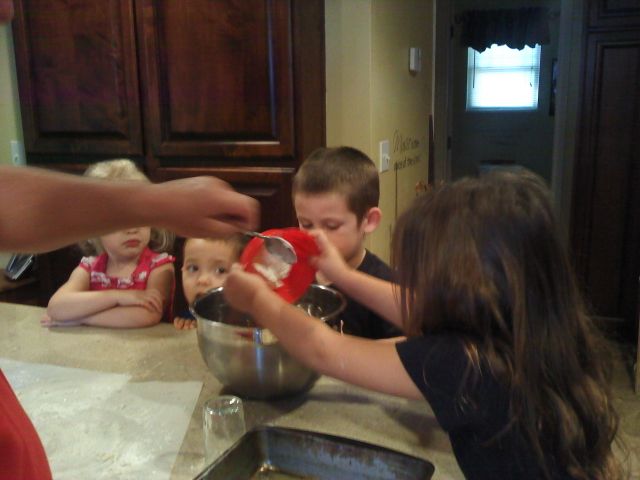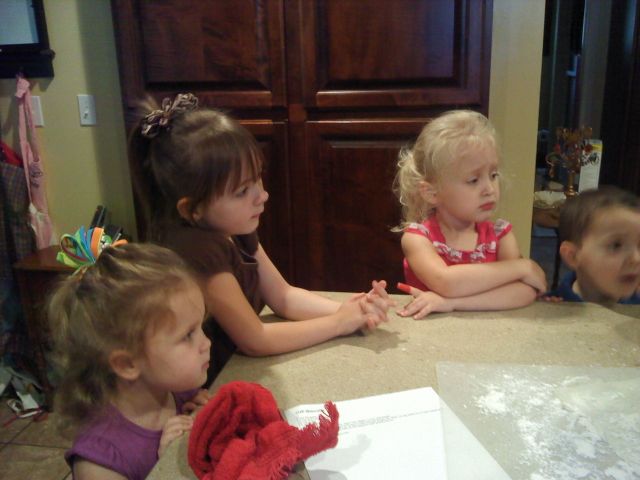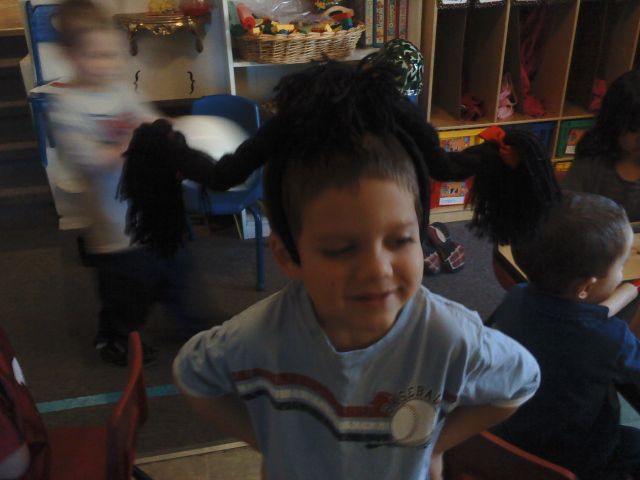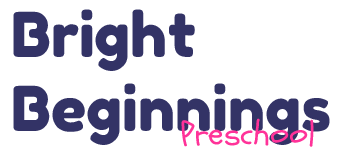Biscuits Anyone ?
Biscuits Anyone ?
I had a training all day at Northside today. It was a training related to keeping portfolios online. Portfolios are a way to collect and organize children’s “work” to show developmental progress. That is ” Debbie’s definition.” If you would like to know more about portfolio’s I found some good info on the scholastic website. If you aren’t interested – skip a few paragraphs down… NOW! 🙂
As early childhood professionals, we know that the use of standardized assessment instruments, such as intelligence, readiness, and achievement tests, are not the best way to evaluate the progress of young children. Preschoolers vary from moment to moment and day to day in their ability to concentrate on what they are interested in. Because we want to understand the development of the whole child, your observations about children’s growth provide a much more individualized, accurate, and up-to-the-minute picture. These insights, along with samples of children’s work, can be used to create valuable portfolios. Portfolio assessment offers a variety of benefits, including:
A Record of a Child’s Ongoing Development Over Time. Portfolios contain examples of children’s work at different time periods in a school year. For instance, you can take a photograph of a child’s completed block structure in the fall, winter, and spring. Or a child can draw and file a series of self-portraits.
Information to Help You Design Instruction. Portfolios help you begin to construct a well-rounded and authentic picture of each child so you are better able to plan your program to build on individualized strengths and support each child’s growth.
Children’s Involvement in Assessing Their Own Work. As children participate in the portfolio process, they begin to reflect on and understand their own strengths and needs. This, in turn, helps them feel responsible for their own learning. Children also enjoy comparing examples of their past work with what they are doing in the present. You can help your children recognize their own progress by asking questions and commenting as they compare such things as drawings or photographs of math manipulatives, block structures, or writing samples. You might ask: “What can you tell me about your work?” “If you were to build this again, would you do it differently? What might you change?” “What was the hardest part?” “What was your favorite part?”
A Method of Communication. Portfolios are a collaborative effort involving teachers, children, parents, and often other family members too. They are great to share at family-teacher conferences. (You might want to involve individual children in these sharing times and together use the portfolio to illustrate efforts, progress, and achievement.) Some early childhood programs sponsor “Portfolio Days,” a special time when parents and other family members come in to look at and enjoy portfolios.
Now that you have all that information I will tell you about our day. The day started with a cooking experience with Randy. Homemade biscuits ! Mr. Randy said they were not very good but I came home at lunch and I didn’t think they were that bad. And anyway, it is the process – not the product.

 They also made leaf people from real leaves.
They also made leaf people from real leaves.
From the looks of the pictures they also enjoyed the hats for another day and as always LOVED the gak.

 Have a great weekend everyone !
Have a great weekend everyone !
Here is the biscuit recipe the kids used today.

